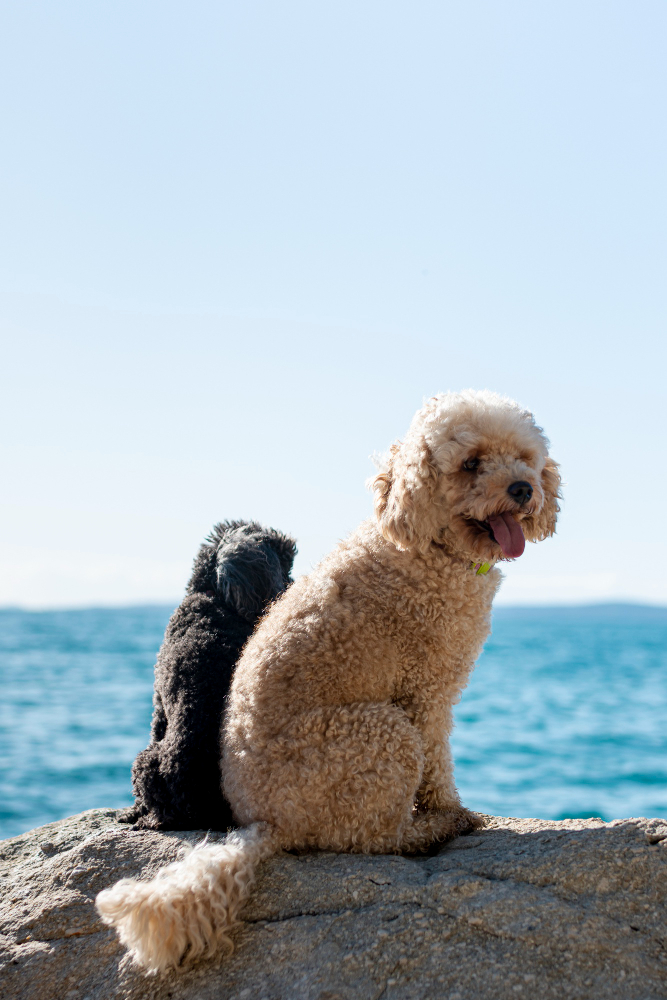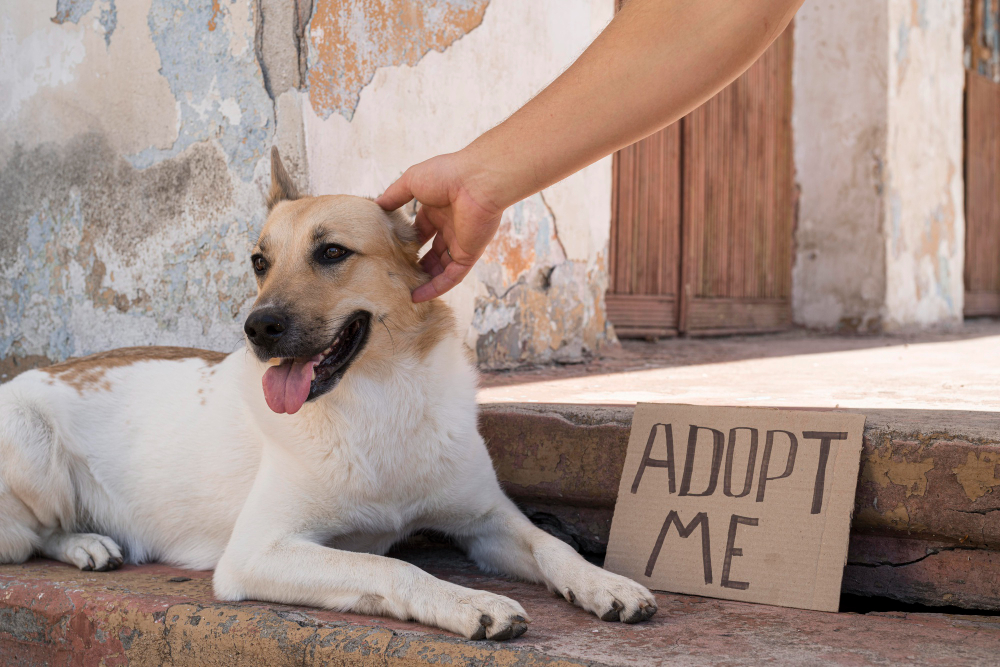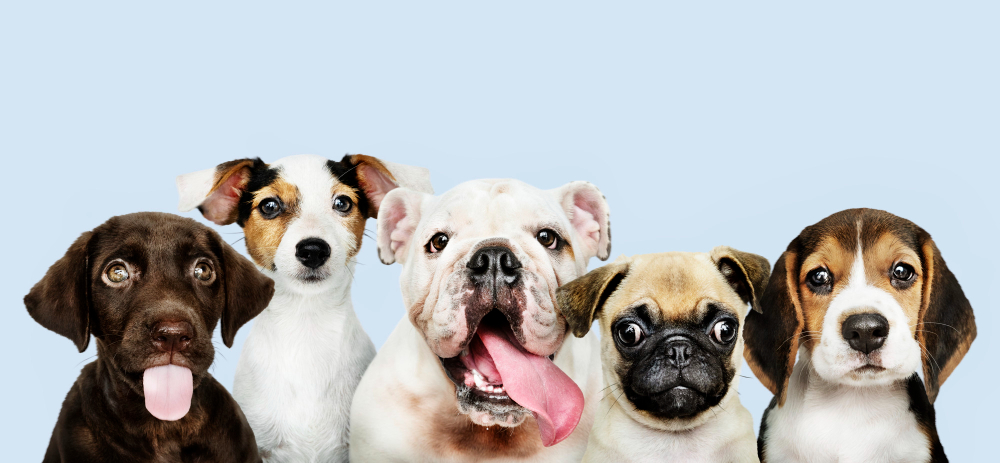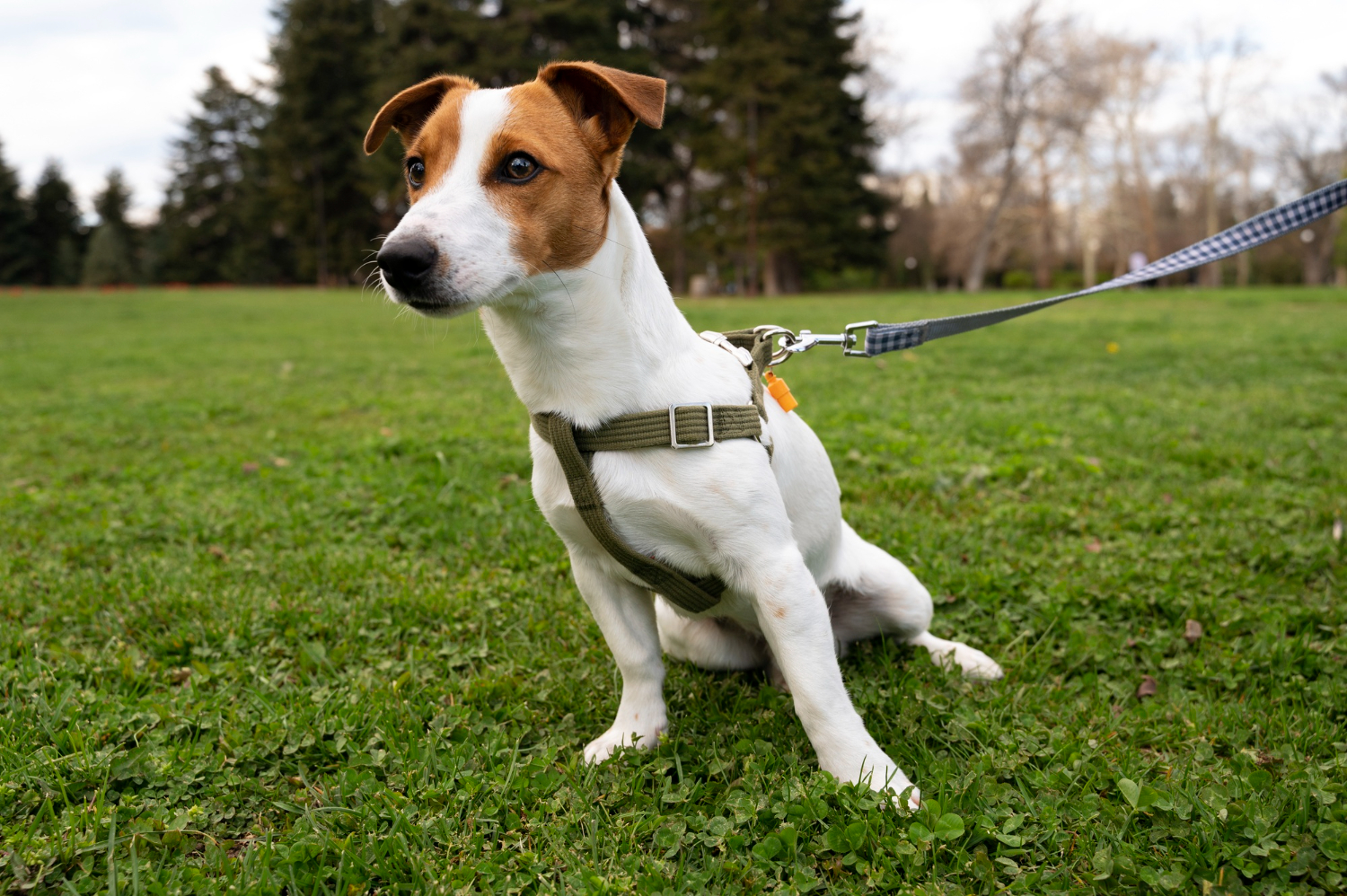There are many different breeds of dogs, each with distinctive traits, sizes, and coat kinds. Understanding your pet’s grooming requirements is crucial for their wellbeing whether you are a seasoned dog owner or a first-time pet parent. This thorough book will include grooming advice specific to each dog breed to make sure your canine friend looks and feels their best.
The Importance of Grooming
Dog grooming is essential to their general well-being and goes beyond simply making them look beautiful. Regular grooming keeps their skin, coat, and general health in good condition. Health of Skin and Coat on Grooming clears away dirt, debris, and loose hairs to avoid matting and tangling. This keeps the skin clean and lowers the chance of developing skin problems like infections and hot spots. Temperature Control in Grooming properly aids in the regulation of a dog’s body temperature. A well-maintained coat serves as insulation in cold weather and allows for greater heat dissipation in hot weather.
Spending time together when grooming your dog gives you the chance to strengthen your relationship. It’s an opportunity to pet, cuddle, and strengthen your bond. Early Health Issue Detection: Regular grooming enables you to identify any anomalies or health problems early. Your dog’s skin, coat, eyes, ears, and other features might change. Detecting and getting rid of parasites like fleas and ticks may be done while grooming. Cleaning up after your dog will help avoid infestations.
Tips for Different Dog Breeds
Brief-Haired Breeds
Breeds of dogs with short hair have smooth, low-maintenance coats. They may not need as much grooming as breeds with long hair, but they still benefit from regular maintenance to keep their coats looking good and feeling healthy.
Labrador retrievers
The lively Labrador Retriever breed is renowned for having short, thick coats. To maintain the condition of their coat:
- Regularly brush your Lab to remove stray hair and spread oils.
- Baths should be taken as often as necessary, usually once every several months.
- Watch out for ear infections in Labradors since they are prone to them. Regularly clean them.
Dachshund
Due to their tiny legs and elongated torso, dachshunds have a silky coat that needs little maintenance.
- To remove hair and skin oils, brush your Dachshund once per week
- Keep their ears dry and free from debris to stave against infections.
- After outdoor excursions, check for trash and ticks on their tummy due to their low bodies.
The Beagle
Beagles have short, thick coats and are sociable, active canines. To preserve the health of their coat:
- Brush your Beagle once a week to get rid of dirt and stray hair.
- Keeping their floppy ears clean can help you stay healthy.
- Maintain proper nail care to avoid irritation and overgrowth.
Breeds with Long Hair
Breeds of long-haired dogs have stunning, flowing coats that need additional care to keep them looking their best.
Shih Tzu
Shih Tzus are renowned for having plush, silken coats. To take care of their stunning mane:
- To avoid matting and tangling, brush your Shih Tzu every day.
- Bathe them with a mild, canine-specific shampoo every two to three weeks.
- They should trim their facial hair to avoid irritated eyes.
Bradford Terrier
Yorkshire Terriers need regular grooming because of their delicate, silky hair.
- Brush your Yorkie regularly to avoid matting and tangles.
- To prevent discoloration, keep their face clean and dry.
- Trim their nails regularly to avoid overgrowth.
Afghanistan Hound
Afghan Hounds are distinguished for their graceful, flowing coats. To keep them beautiful:
- To avoid matting, brush their long, silky fur every day.
- Given that their coat is prone to filth and debris, bathe them every 4-6 weeks.
- Be mindful of their feathery tail and ears, which are prone to tangling.
Dogs with a Double Coat
Breeds that are double-coated have two coats: a thick, insulating undercoat and a protective topcoat. They need to be well groomed for their comfort and health.
Siberian Huskies
The thick double coat of Siberian Huskies is intended to keep them warm in chilly climes. Maintaining their coat:
- To get rid of lank hair, brush your Husky’s coat at least once every week
- Be ready for seasonal shedding, sometimes referred to as “blowing their coat.”
- Refrain from over-soaking pets since this might dry up their natural oils.
German Shepard
German Shepherds are clever, devoted, and double-coated dogs. To properly train them:
- To reduce shedding, brush your German Shepherd many times every week.
- Bathe them as necessary, usually every two to three months.
- Pay close care to their ears, and frequently clip their nails.
Golden retrievers
Golden retrievers are lively, sociable dogs with a stunning double coat. To maintain the condition of their coat:
- To reduce shedding, brush your Golden Retriever at least twice a week.
- Bathe them with a gentle, canine-specific shampoo every two to three months.
- Check their ears and paws often for debris.
Breeds with Curly Coats
Breeds of dogs with curly coats have characteristic, tight curls that need particular care to avoid matting and preserve their distinctive beauty.
A poodle
Poodles come in many sizes, and their curly coats need regular maintenance.
- To avoid matting, brush your Poodle’s coat every other day.
- Make appointments for expert grooming every 6 to 8 weeks.
- To prevent infections, keep their ear canals dry and clean.

Ireland Water Spaniel
Irish Water Spaniels have curly, water-resistant coats that are ideal for activities involving the water:
- To avoid matting, give your Irish Water Spaniel a weekly brushing.
- Give them a gentle, dog-specific bath every 4-6 weeks.
- Pay close attention to their webbed feet since they tend to collect garbage.
Conclusion
Maintaining your dog’s look is important, but so is making sure they are comfortable, healthy, and generally happy. All dog breeds, whether they have short hair, long hair, double coats, or curly coats, have different grooming requirements. You can keep your canine partner looking and feeling their best by adhering to the breed-specific grooming advice provided in this article. This will cement your relationship with your furry buddy for years to come. Keep in mind that routine grooming sessions provide a great chance to check for any skin problems, ticks, or lumps, enabling you to identify and treat any possible health issues early. In light of this, embrace the grooming procedure and enjoy the time you spend spoiling your cherished dog.
If you are interested more articles about dog you can check this!
https://dogeposts.com/2023/09/choosing-the-right-dog-breed-for-your-lifestyle



